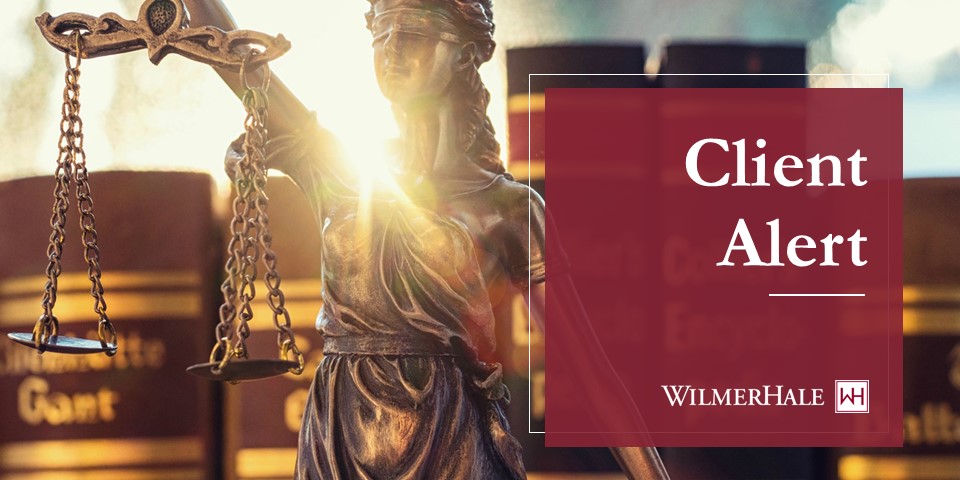The Supreme Court docket took the long-anticipated step of overruling Chevron U. S. A. Inc. v. Pure Sources Protection Council, Inc., 467 U. S. 837 (1984). The bulk choice in Loper Vivid Enterprises v. Raimondo implies that courts will now not be required to defer to an company’s interpretation of an ambiguous statute, until maybe the precise phrases of a statute require deference on specific questions. Courts are nonetheless anticipated to provide “due respect for the views of the Government Department,” however they won’t be sure by these views as they have been in some circumstances beneath Chevron.
This can be a important change within the legislation, and in the long run, it can empower courts to determine extra disputes and enhance the chance to the Government Department that its interpretations will probably be rejected. The ruling is prone to embolden events to show to the courts once they disagree with an company and make it more durable for regulated events to depend on company interpretations. The ruling may discourage some modifications in place between administrations, as a result of as soon as a statute has been interpreted by the courts, there will probably be much less leeway for brand new administrations to go in a special route.
The fast impression of the choice, nonetheless, will probably be lowered considerably by decreased reliance on Chevron lately. The Supreme Court docket itself has been notably reluctant to depend on Chevron deference in its choices. Different authorized developments, such because the rise of the most important questions doctrine, have restricted the universe of instances by which deference is out there. And decrease courts have tended to be extra sparing of their reliance on Chevron in gentle of the regular drumbeat of criticism directed at Chevron and a few further steerage from the Supreme Court docket on the edge for contemplating a provision ambiguous.
The Supreme Court docket’s opinion additionally consists of an vital caveat that can probably impede decrease courts from reopening prior precedents determined beneath Chevron. The Court docket noticed that the overruling of Chevron isn’t sufficient, standing alone, to beat the stare decisis impact of prior choices:
we don’t name into query prior instances that relied on the Chevron framework. The holdings of these instances that particular company actions are lawful—together with the Clear Air Act holding of Chevron itself—are nonetheless topic to statutory stare decisis regardless of our change in interpretive methodology. See CBOCS West, Inc. v. Humphries, 553 U. S. 442, 457 (2008). Mere reliance on Chevron can’t represent a “‘particular justification’” for overruling such a holding, as a result of to say a precedent relied on Chevron is, at greatest, “simply an argument that the precedent was wrongly determined.” Halliburton Co. v. Erica P. John Fund, Inc., 573 U. S. 258, 266 (2014) (quoting Dickerson v. United States, 530 U. S. 428, 443 (2000)). That isn’t sufficient to justify overruling a statutory precedent.
The loophole on this reasoning is that the Supreme Court docket wouldn’t be sure by stare decisis in reviewing points that have been solely ever determined by the decrease courts. Likewise, an en banc court docket of appeals isn’t essentially sure by stare decisis when it evaluations a previous panel choice. These eventualities depart paths for the Supreme Court docket to determine anew statutory questions that appeared to have been long-settled by lower-courts or for courts of appeals to revisit prior precedents that deferred to the company if the en banc court docket is satisfied that it could attain a special end result with out deference.
